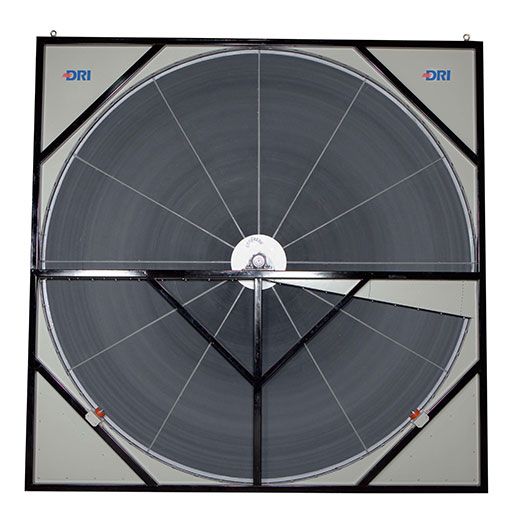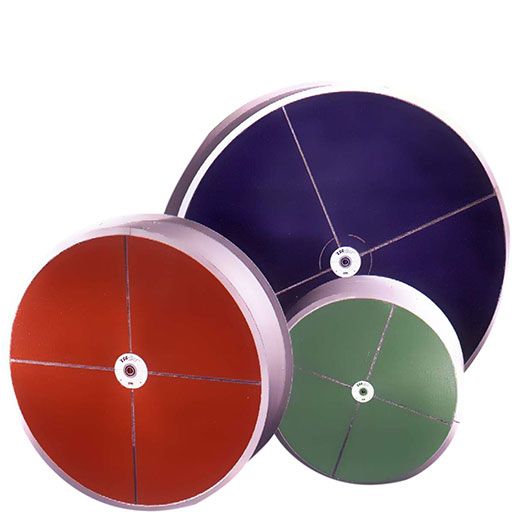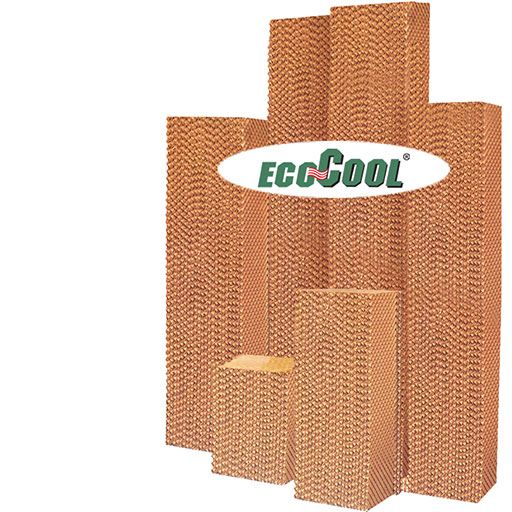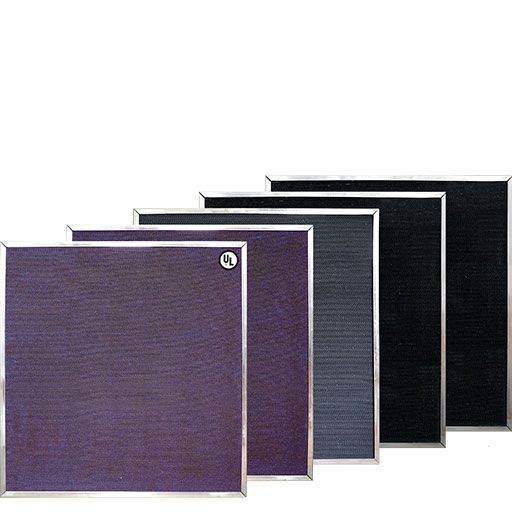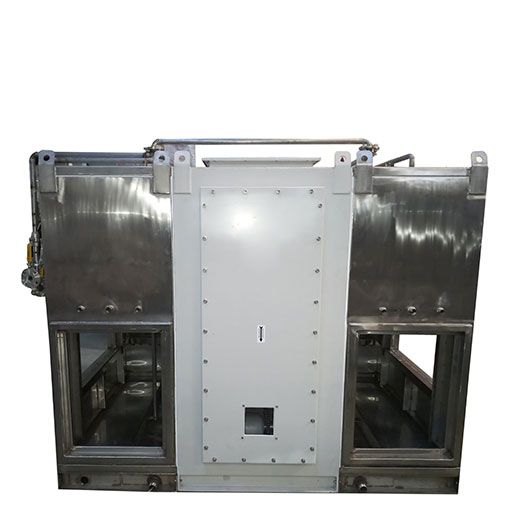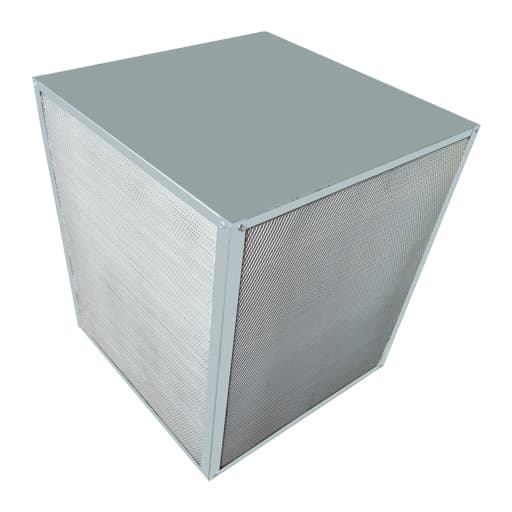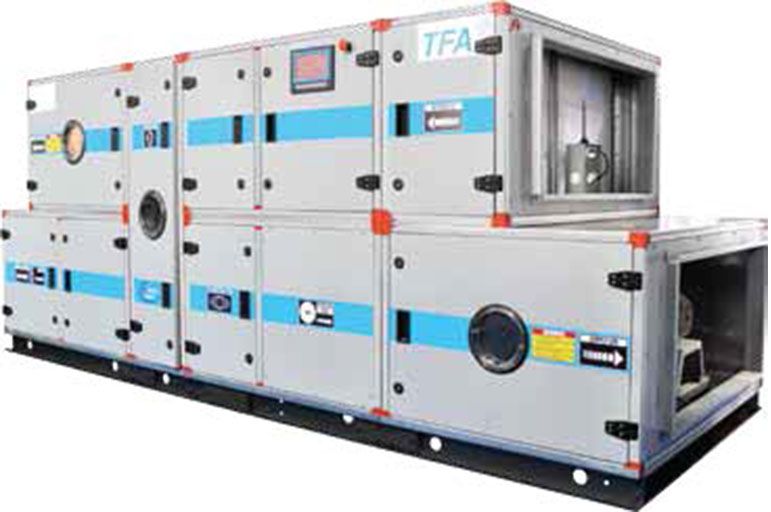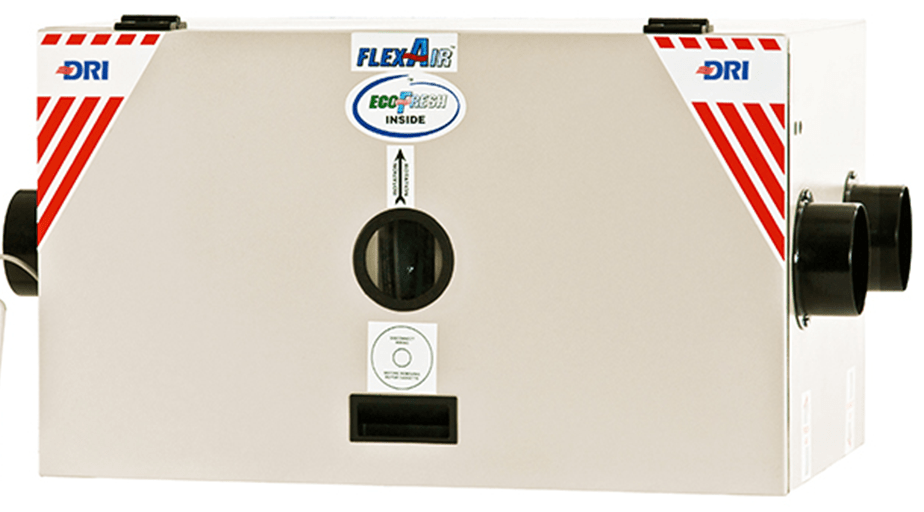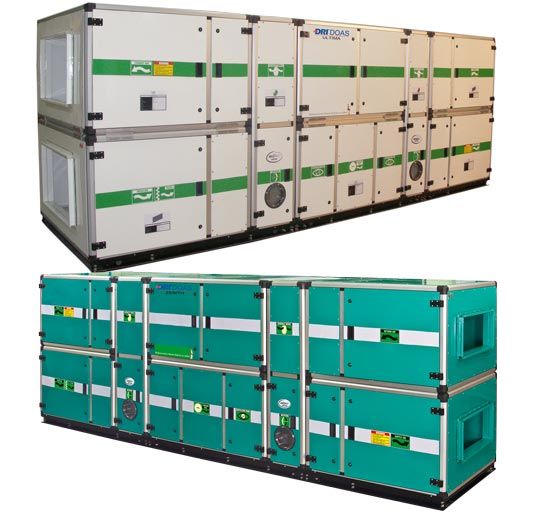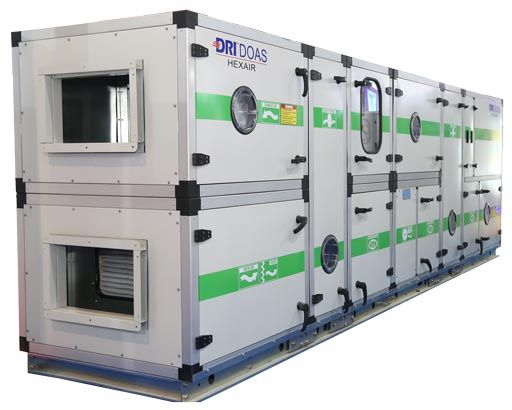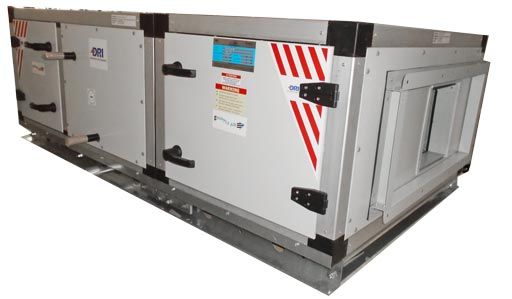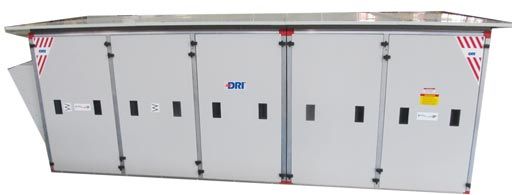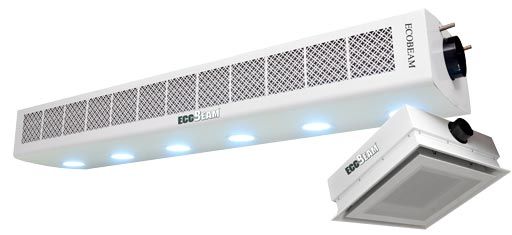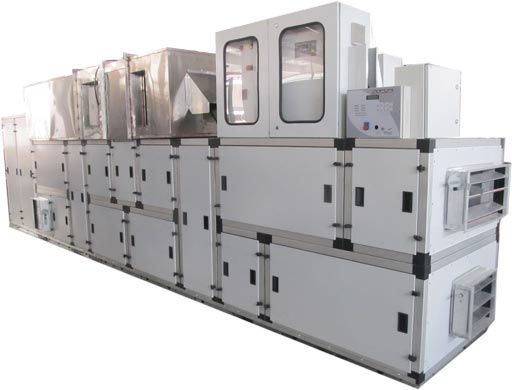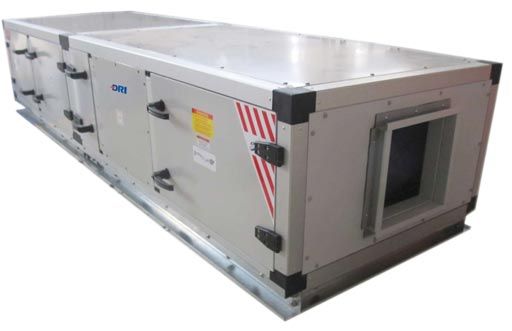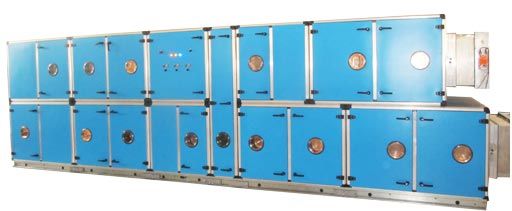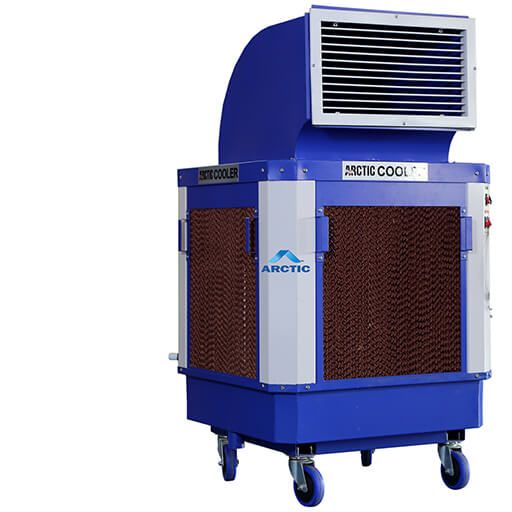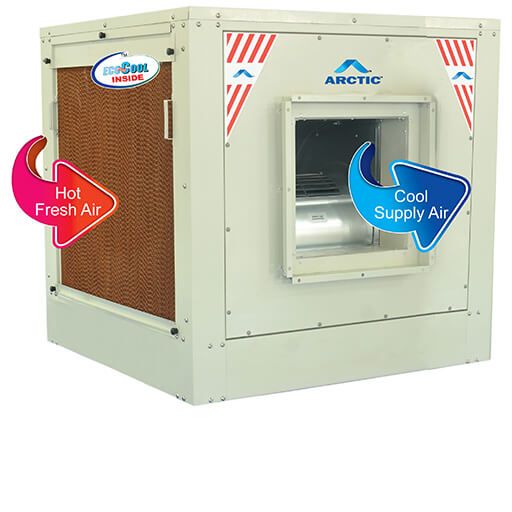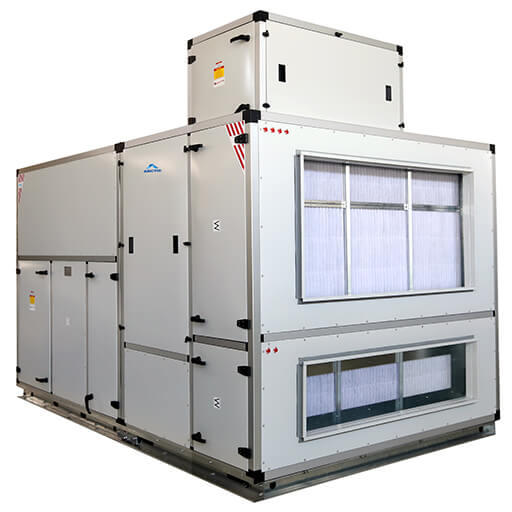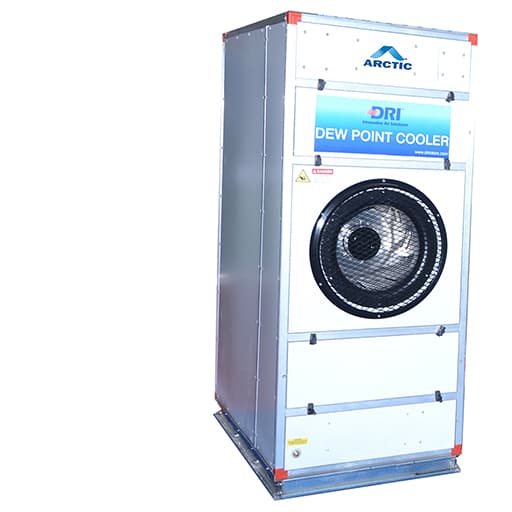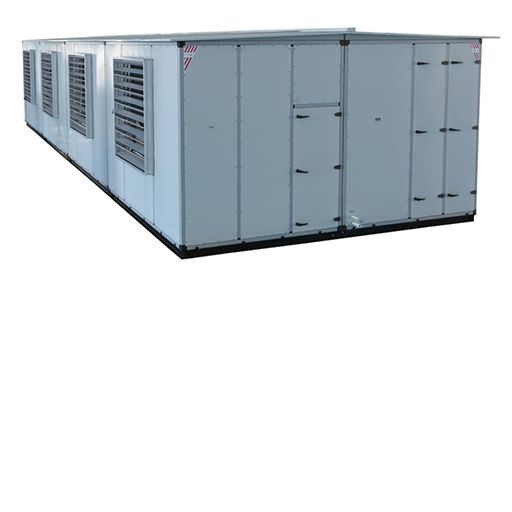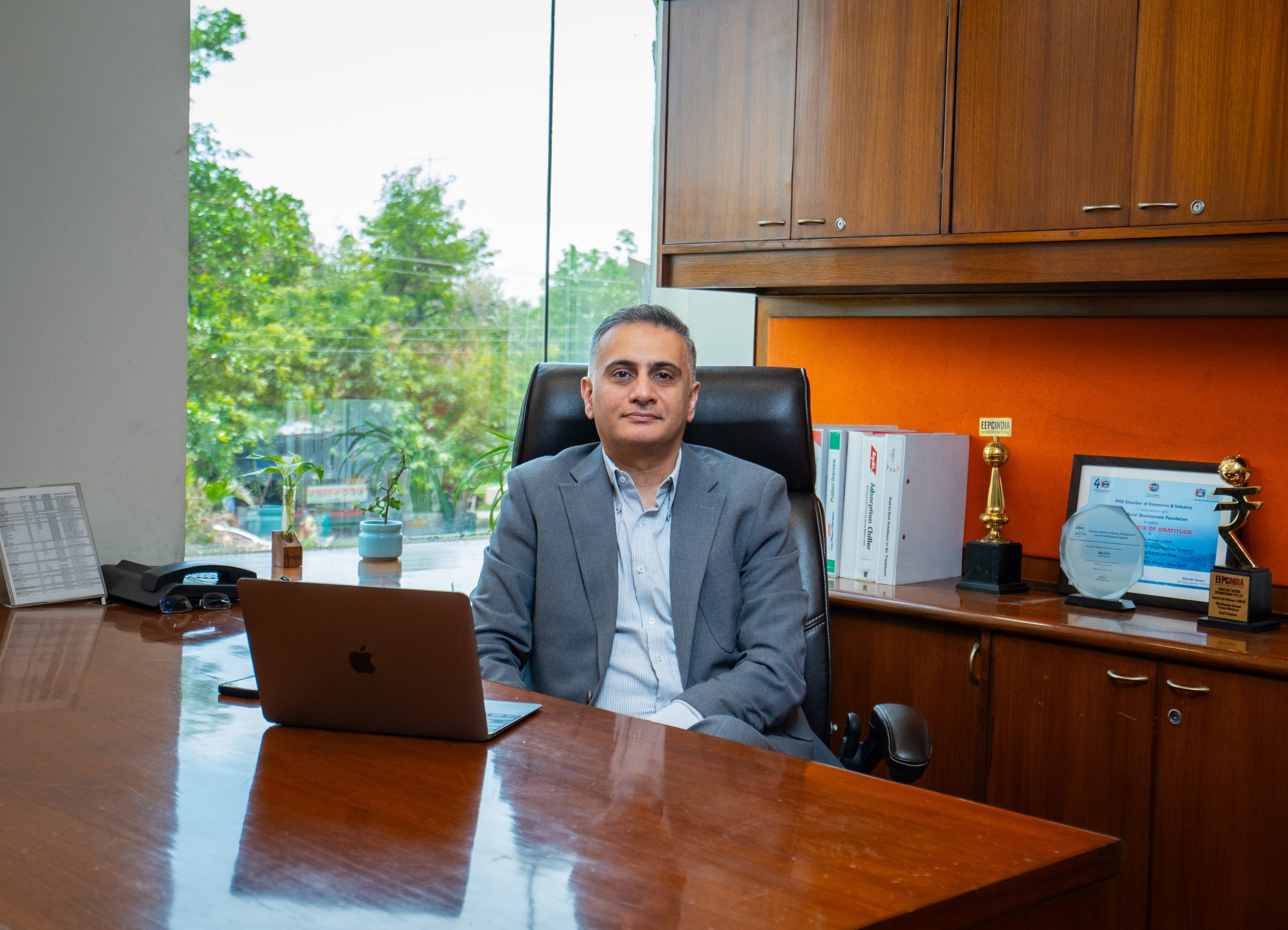Modern-day glass facade buildings, commonly found in urban landscapes, often prioritize aesthetics and energy efficiency over proper ventilation. These structures typically rely heavily on air conditioning (AC) systems, with little to no provision for natural airflow or fresh air intake. As a result, indoor air quality (IAQ) in such buildings is often compromised, leading to a buildup of pollutants, dust, and allergens, which can exacerbate respiratory diseases.
Without sufficient ventilation, the concentration of indoor contaminants increases, creating an environment that can negatively impact occupants’ health. Prolonged exposure to poor IAQ, especially in commercial and industrial spaces where people spend most of their day, can lead to respiratory issues, fatigue, headaches, and in some cases, long-term chronic illnesses. As these buildings are sealed to improve energy efficiency, the lack of fresh air circulation worsens the problem, making it imperative to address IAQ concerns to ensure the well-being of occupants.
The spaces extensively depend on centralized air conditioning to keep the temperature cool, but in the process, the systems promote recirculation of stale air. This leads to the buildup of excess carbon dioxide and pollutants as there is no adequate escape for the indoor air. Hence, it is important to focus on meeting the optimal ventilation standards. Incorporating natural ventilation can bring a lot of relief, but to exercise ventilation of large spaces, Adapting towards using advanced HVAC systems can be of great help. It ensures efficient airflow for encouraging proper circulation of fresh air across the room, and in the process, it substantially reduces the excessive need to heat or cool a space.
The absence of fresh air leads to Sick Building Syndrome (SBS), a condition where occupants experience symptoms like fatigue, headaches, and lethargy. SBS is a major contributor to increased respiratory issues and reduced productivity, as the unhealthy indoor environment affects both physical and mental well-being. Poor ventilation exacerbates the problem, allowing pollutants to accumulate within the space, which, over time, severely impacts respiratory health.
Indoors with poor air quality are packed rooms filled with harmful contaminants like particulate matter, volatile organic compounds (VOCs), and microorganisms, which aggravate respiratory conditions such as asthma, bronchitis, and sinusitis.
This severely underscores the importance of improving the indoor air quality of the building. Ensuring the proper ventilation of space and deploying advanced HVAC systems can play a pivotal role in enhancing the quality of indoor air. Elaborating on the same, let’s explore ways to improve the indoor air quality of the space.
Treatment of pollutants
In order to keep the contaminants in check, installing Treated Fresh Air Handling (TFA) systems come with a lot of benefits. It conducts the filtration of incoming air for supplying fresh air free from any pollutants, allergens, or contaminants. Pre-conditioning the air before it enters the room, it curtails the probability of airborne diseases in people residing in the space.
Humidity control
Humidity is a crucial factor responsible for poor IAQ. But excess moisture in the air is the playground for the proliferation of microorganisms such as bacteria, fungi, mold, mildew, etc., which can cause nasal and throat irritation, aggravate asthma attacks, irritate the respiratory system responsible for bronchitis, sinusitis, etc.
Therefore, making use of Dedicated Outdoor Air Systems aids in controlling the humidity of the space while exercising proper ventilation of the space. At the same time, they help in removing the unpleasant odour due to humidity and contribute to the comfort of the occupants.
Green Buildings
Understanding the importance of IAQ in keeping respiratory diseases at bay, going for green building solutions significantly comes to aid in maintaining acceptable air quality within the enclosed space. Moreover, considering that the wave of sustainability is being realized across the sector, industry players are adopting net-zero buildings with alacrity. Making use of sustainable materials with negligible emissions of harmful VOCs, the structures inherently ensure that pollution within the space is controlled. At the same time, by incorporating smart designs, the buildings prioritize proper air filtration and natural ventilation of the rooms. Therefore, by maintaining a healthy indoor environment, smart buildings ensure the well-being of the occupants.
Author: Varun Pahwa, President, Desiccant Rotors International

